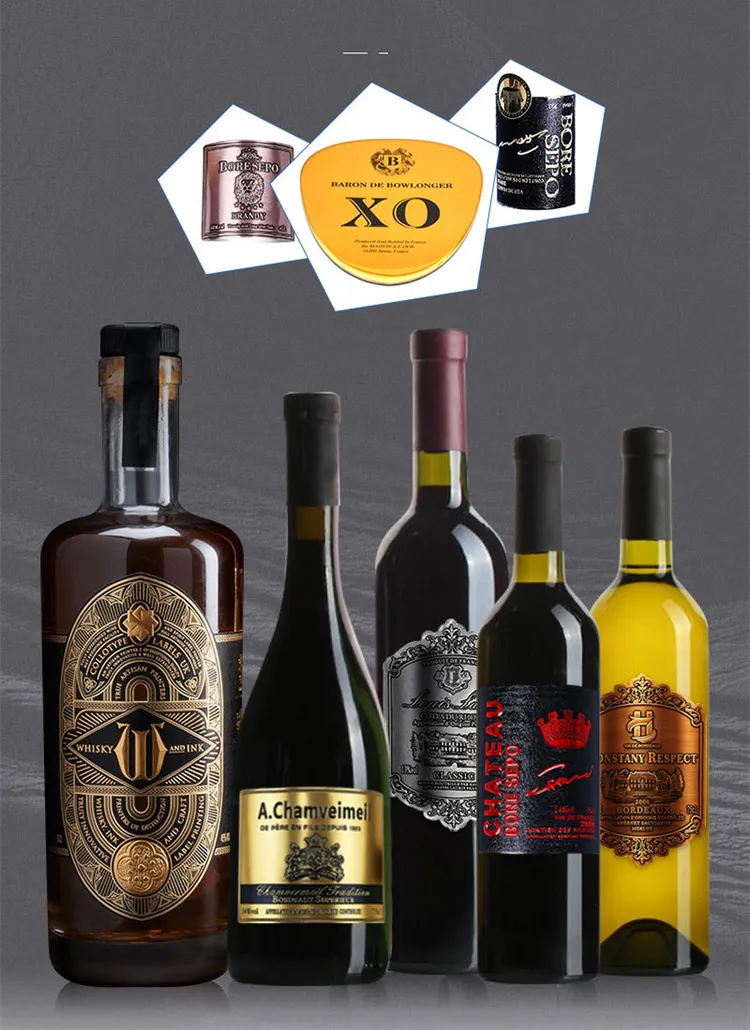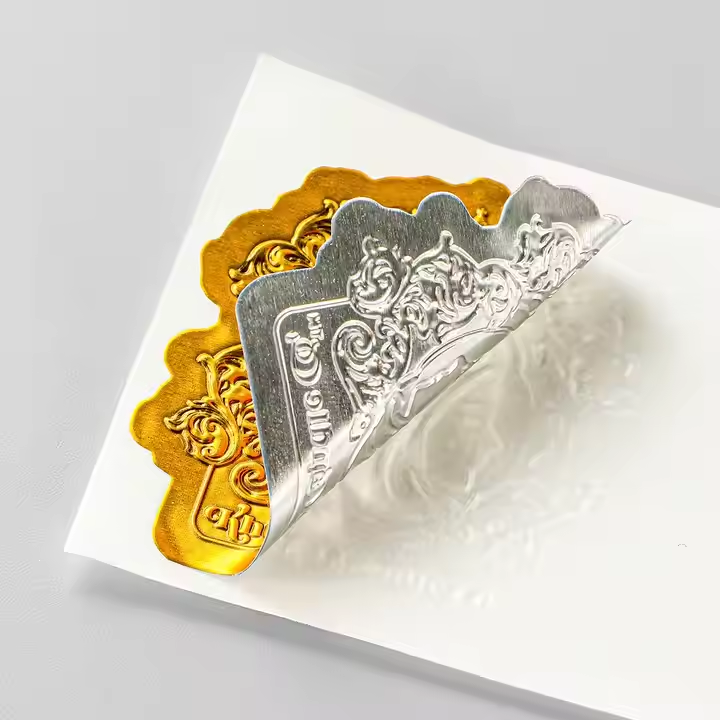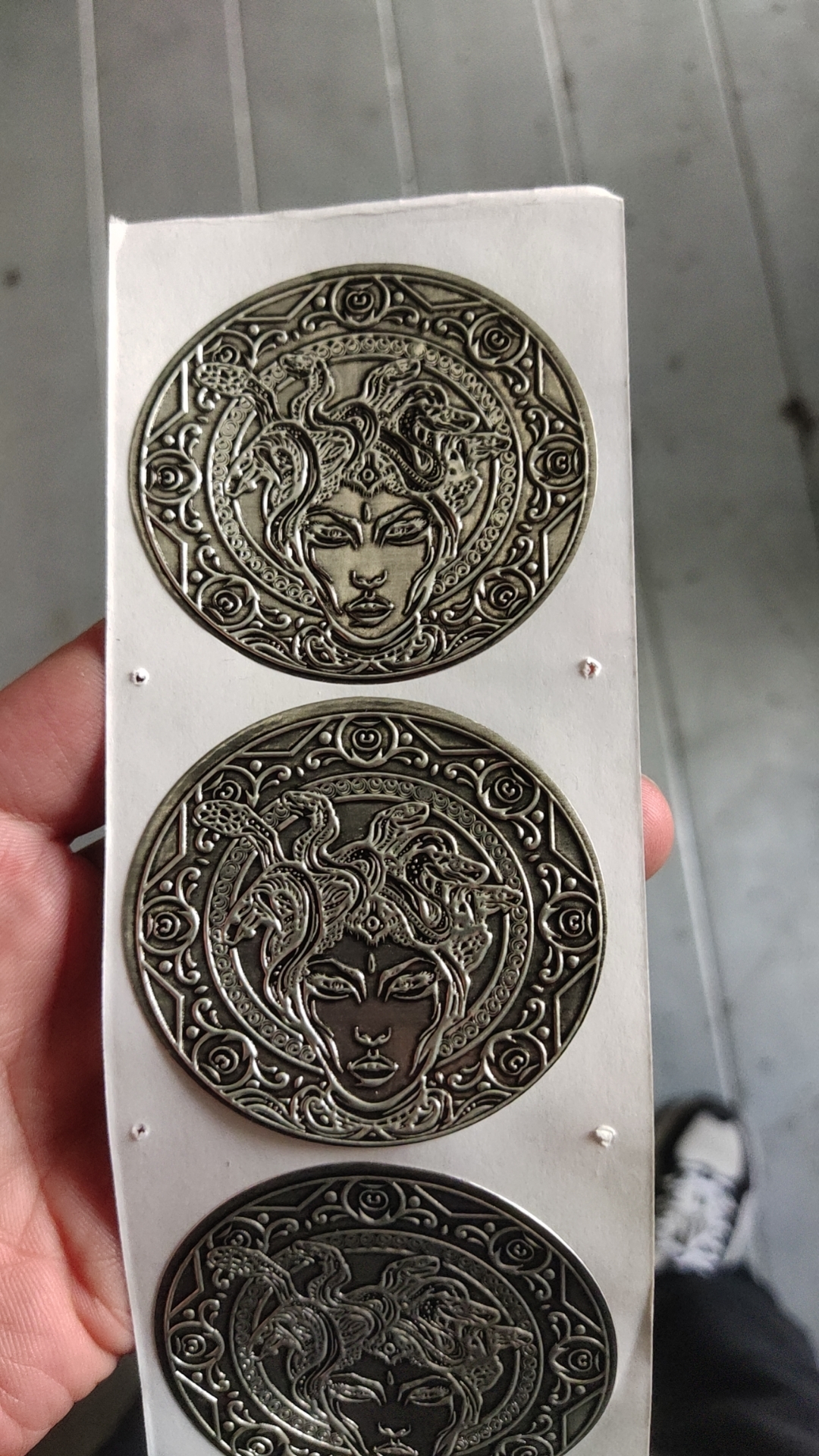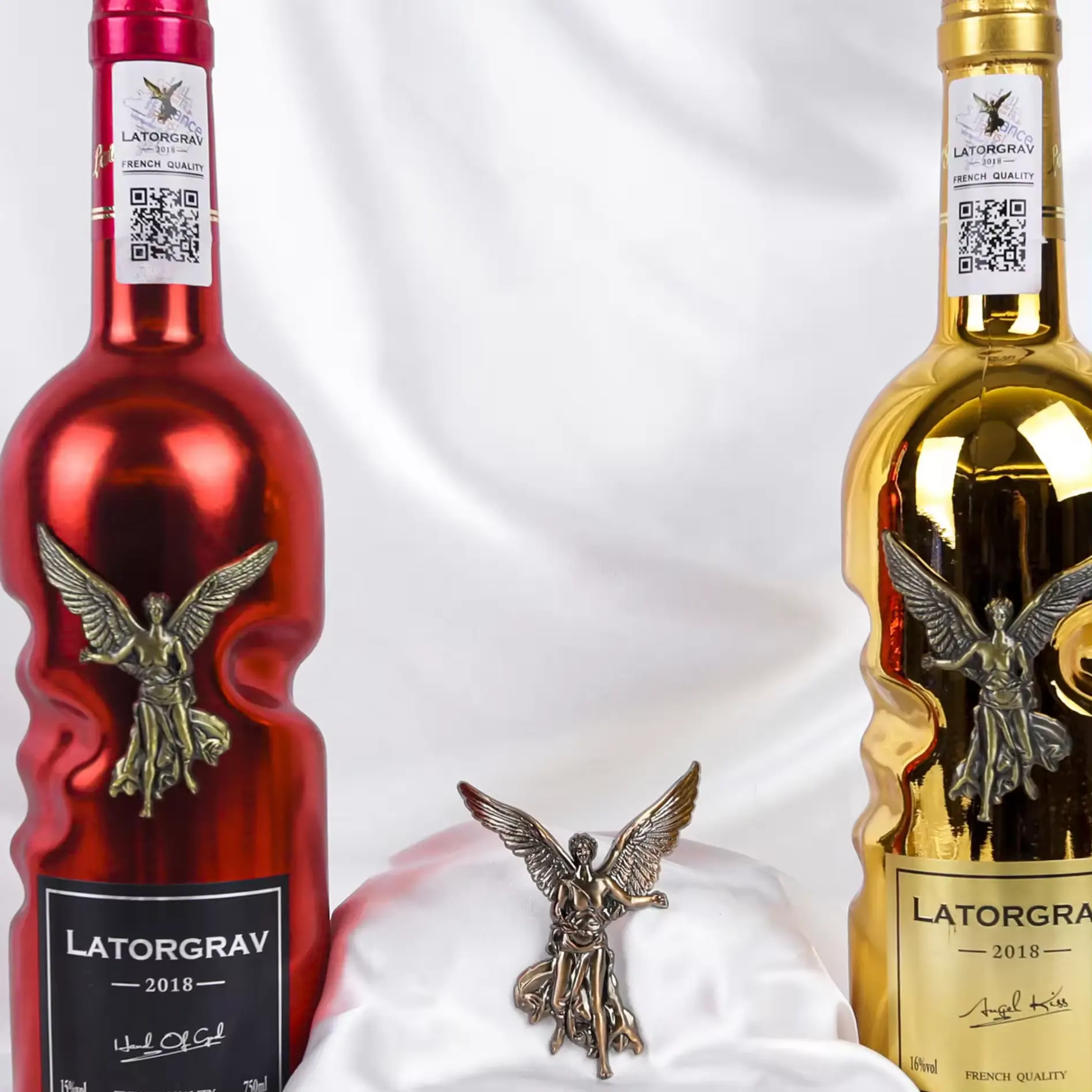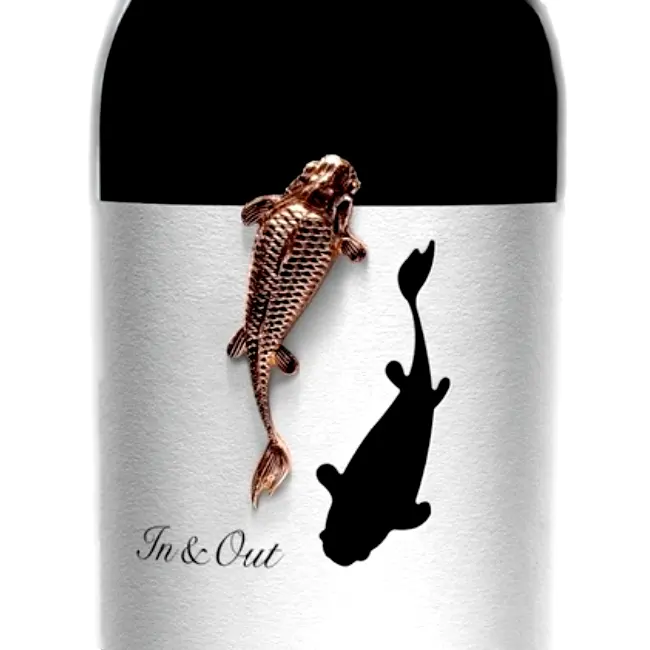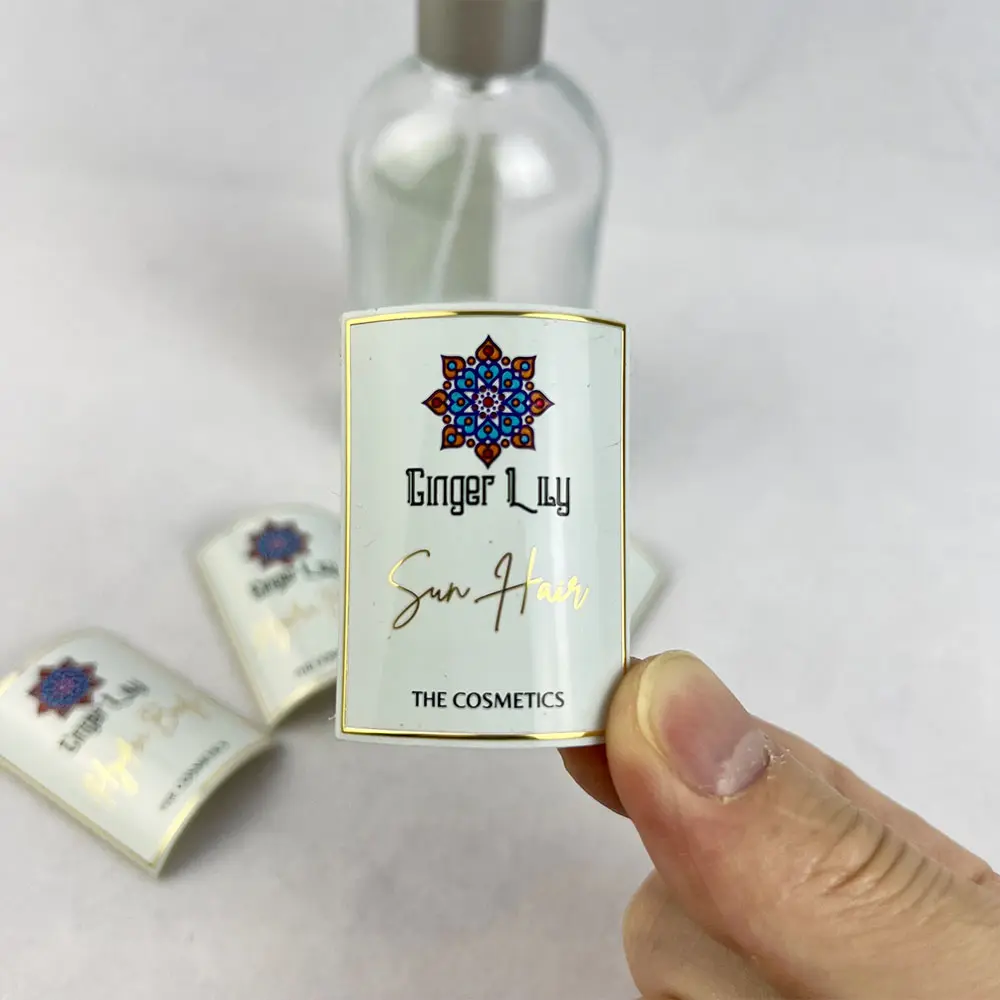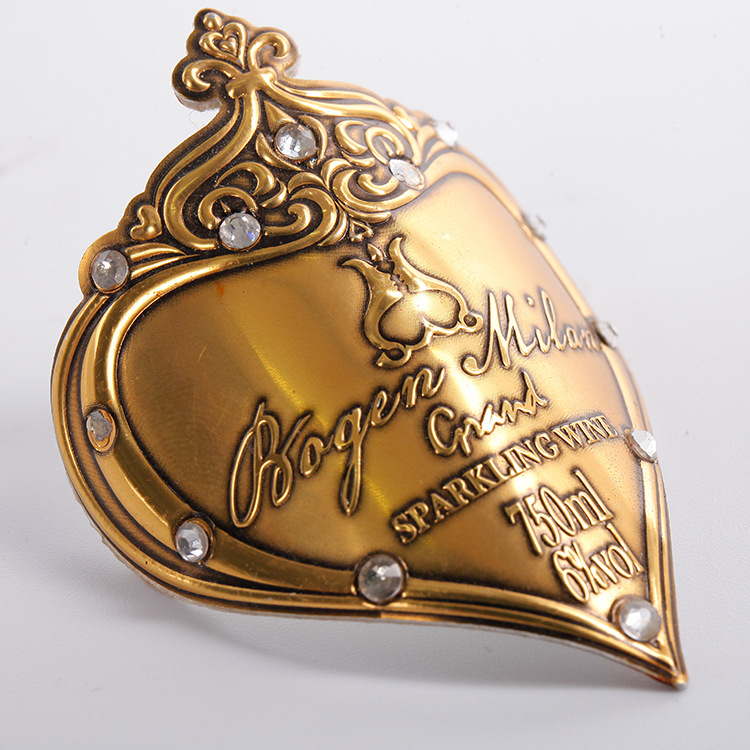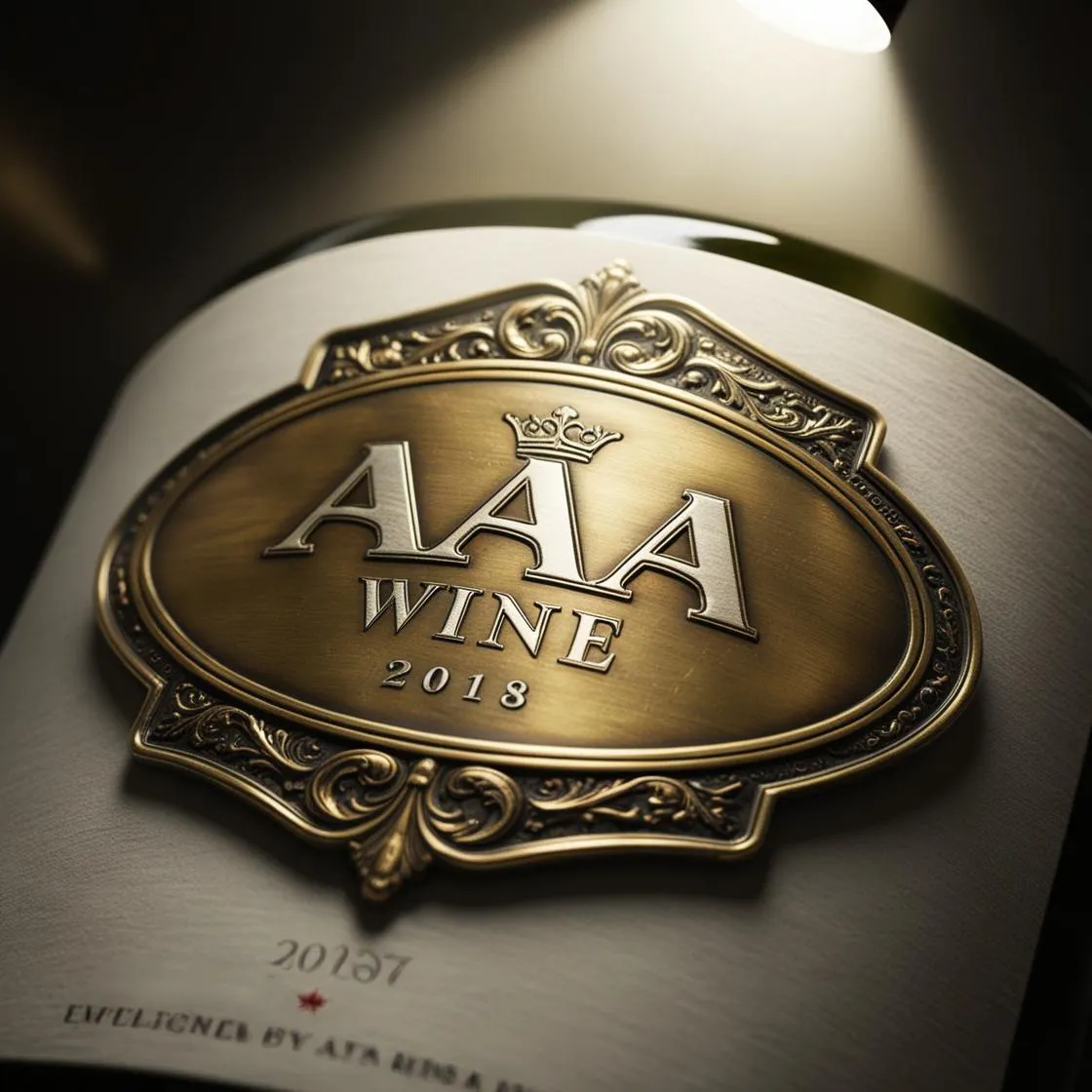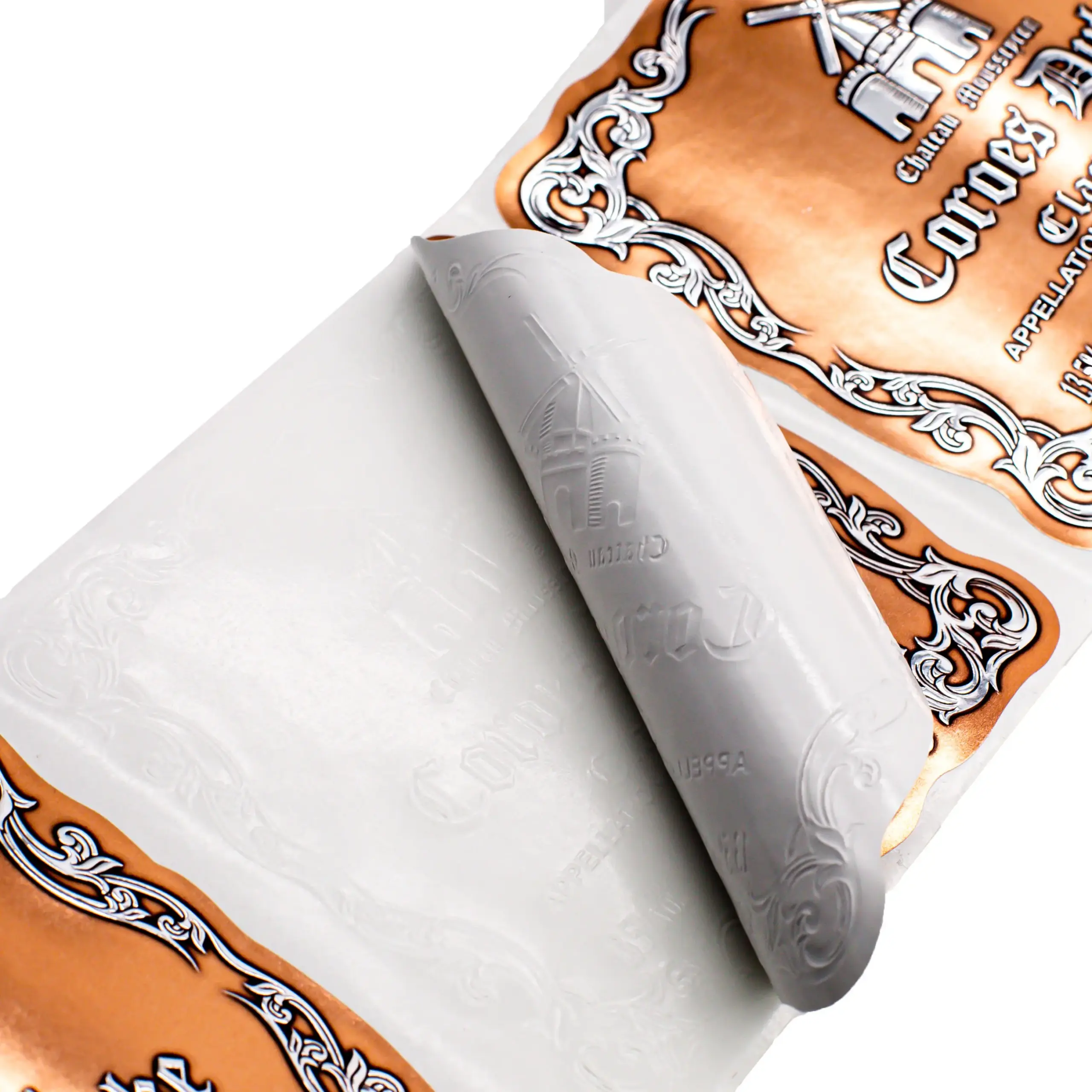Get A Quote Now!
How to Care for and Maintain Metal Wine Labels
Metal wine labels add a touch of luxury and durability to your bottles, but to keep them looking pristine, proper care and maintenance are important. Whether you are a winery, distributor, or collector, here’s how to ensure your metal labels maintain their premium appearance over time. 1. Handling Tips Always handle bottles with clean, dry hands to avoid fingerprints and oils transferring to the label. Avoid scraping or rubbing the metal label harshly to prevent scratches or dents. 2. Storage…
The Importance of Adhesives in Metal Wine Labels: What You Need to Know
When it comes to metal wine labels, the adhesive backing plays a crucial role in ensuring that the label stays securely attached to the bottle throughout its lifecycle. Choosing the right adhesive can impact both the appearance and durability of your wine label. 1. Why Adhesive Quality Matters Metal labels are heavier and less flexible than paper, so they require adhesives with strong bonding properties to cling to glass bottles — especially curved or textured surfaces. 2. Types of Adhesives…
Custom Metal Wine Labels vs. Traditional Paper Labels: Pros and Cons
Choosing the right label type can significantly impact your wine’s market appeal and brand image. While traditional paper labels are widely used, custom metal wine labels offer unique advantages. Let’s explore the pros and cons of both to help you make an informed decision. Custom Metal Wine Labels Pros: Premium look and feel that conveys luxury and quality. Durable and resistant to moisture, tearing, and fading. Unique tactile experience with options like embossing and engraving. Greater customization possibilities with finishes…
Common Challenges in Metal Wine Label Production and How to Overcome Them
Producing custom metal wine labels comes with unique challenges that can impact quality, cost, and timelines. Understanding these challenges upfront helps you work more effectively with manufacturers and achieve the best results. Here are some common issues and tips to overcome them: 1. Design Complexity and Limitations Challenge: Extremely intricate designs may be difficult to emboss, etch, or print clearly on metal. Solution: Simplify designs for metal application and consult with manufacturers about technical feasibility before finalizing artwork. 2. Adhesion…
How to Incorporate Branding Elements into Your Metal Wine Labels
A wine label is more than just a tag—it’s a storytelling tool that reflects your brand’s identity. When designing metal wine labels, incorporating branding elements thoughtfully can make a big difference in consumer perception and sales. Here’s how to integrate your brand identity into metal wine labels effectively: 1. Start with Your Logo Your logo is the cornerstone of your brand. Ensure it is prominently featured on the metal label. Consider using embossing or engraving to give your logo a…
The Environmental Benefits of Using Metal Wine Labels
As sustainability becomes a critical concern for consumers and businesses alike, wineries are looking for eco-friendly packaging options. Metal wine labels offer several environmental advantages over traditional paper labels that can help your brand appeal to eco-conscious customers. Here’s how metal wine labels contribute to sustainability: 1. Recyclability of Metal Labels Metal labels, especially aluminum and tin, are highly recyclable. They can be processed and reused multiple times without significant loss of quality. Recycling metal consumes less energy compared to…
How Custom Metal Wine Labels Can Boost Your Brand Recognition
In the highly competitive wine market, creating a strong and memorable brand is essential. Custom metal wine labels offer unique advantages that help your brand stand out and connect with consumers on a deeper level. Here’s how custom metal wine labels can boost your brand recognition: 1. Immediate Shelf Impact Metal labels catch the eye with their reflective surfaces, texture, and weight. When consumers browse shelves, these premium-looking labels naturally draw attention away from standard paper labels. 2. Reinforces Brand…
How to Care for and Store Metal Wine Labels to Maintain Their Beauty
Metal wine labels add a luxurious touch to your bottles, but to keep them looking pristine from production to purchase, proper care and storage are essential. Whether you’re a winery, distributor, or retailer, understanding how to handle metal labels helps maintain your brand’s premium image. Here’s a comprehensive guide to caring for and storing metal wine labels: 1. Handle with Clean, Dry Hands Avoid fingerprints, oils, and moisture that can tarnish or smudge metal labels. Wearing gloves or using clean,…
Embossing vs. Debossing: Which Technique Is Best for Your Metal Wine Label?
When it comes to adding texture and depth to your metal wine labels, embossing and debossing are two of the most popular and visually impactful techniques. Both methods create tactile designs that catch the eye and add a premium feel to your bottles — but which is best for your brand? Let’s dive into the differences, benefits, and best use cases for embossing and debossing. What Is Embossing? Process: Embossing presses the metal from the back, raising the design above…
How to Choose the Perfect Adhesive for Your Metal Wine Labels
Choosing the right adhesive backing for your metal wine labels is just as important as selecting the metal material or design. The adhesive ensures your label stays firmly attached to the bottle through storage, transport, and handling. Here’s a comprehensive guide to help you select the perfect adhesive for your metal wine labels: 1. Understand Your Bottle Surface The type of bottle surface impacts adhesive choice: Glass bottles are smooth and non-porous — most adhesives bond well here. Frosted or…



